Hello everyone!
I have recently learned about three Home Savings locations for sale or under demolition plans, so I wanted to blog about these locations so we can advocate for these buildings, or help make sure that the art can be saved and preserved, ideally in the community.
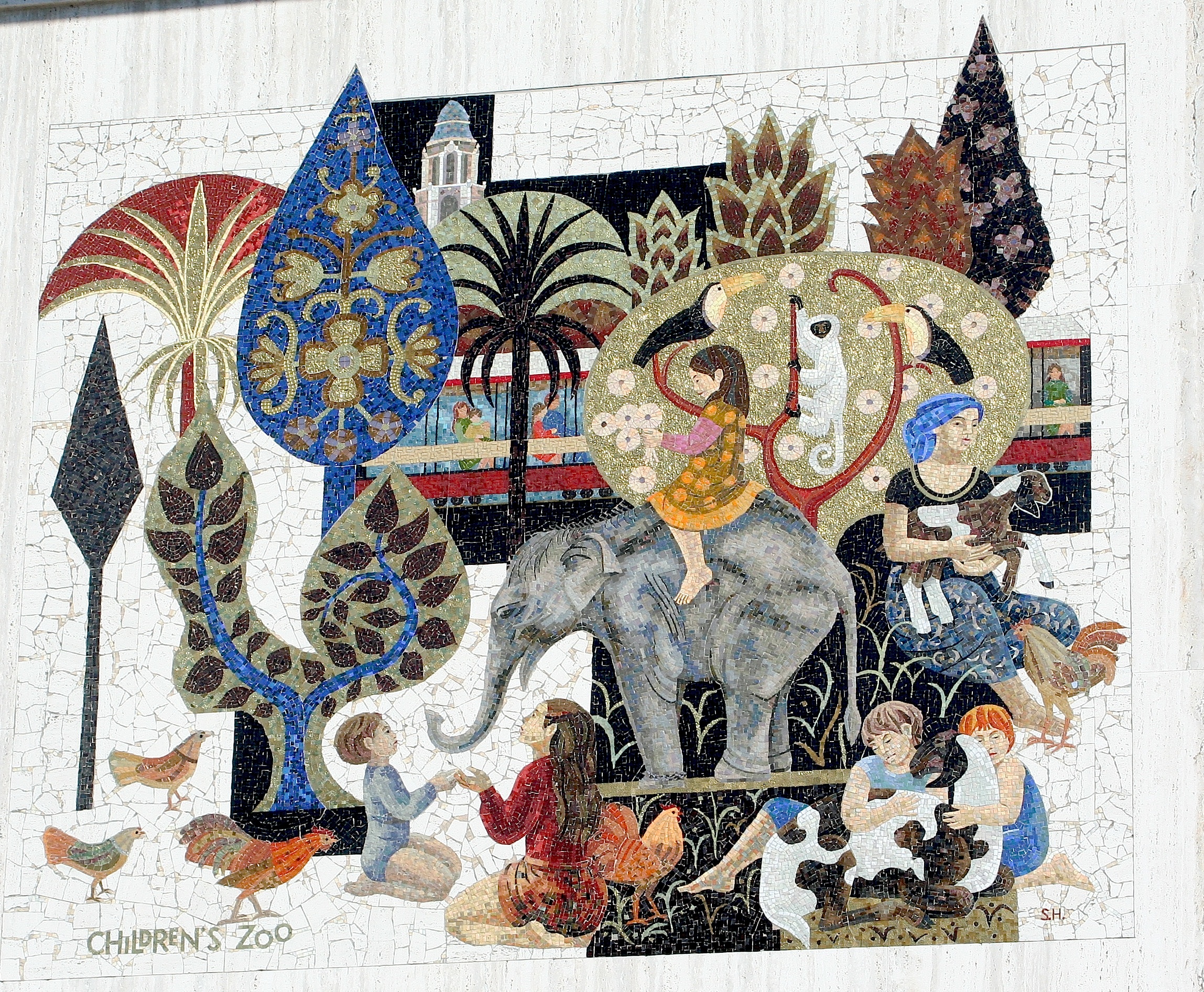
Sheets Studio, Pacific Beach, Zoo, 1977 — one of the mosaics threatened with removal
I am aware of three current challenges: the Pacific Beach branch in San Diego; and empty buildings in Compton and Victorville. Please let me know of any others you find.
San Diego
As I have written before in my book and on this blog, the landmark branch of my hometown holds eight mosaics, showing key figures in the history of San Diego–Native Americans, Spanish friars and vaqueros, a 49er, and members of the fishing and construction trades–as well as loving images of the San Diego Children’s Zoo in Balboa Park and the pleasures of San Diego Harbor, including the Point Loma lighthouse, the Star of India, and Sea World.

Sheets Studio, Pacific Beach, “The Harbor,” 1977
There is also a sculpture of a sea lion and an interior mural similar to the one destroyed in San Francisco in 2008.
Chase Bank has told the California Coastal Commission that they plan to demolish this location, so I am urging the Commission, who has oversight so near Mission Bay, to ensure that the artwork is preserved and relocated. (Brian Worley, who worked extensively with Millard Sheets in the Studio, has done marvelous work recovering the artwork from the Santa Monica branch that is being demolished now.) I am reaching out to local museums and historical groups, but advice welcomed!
Compton
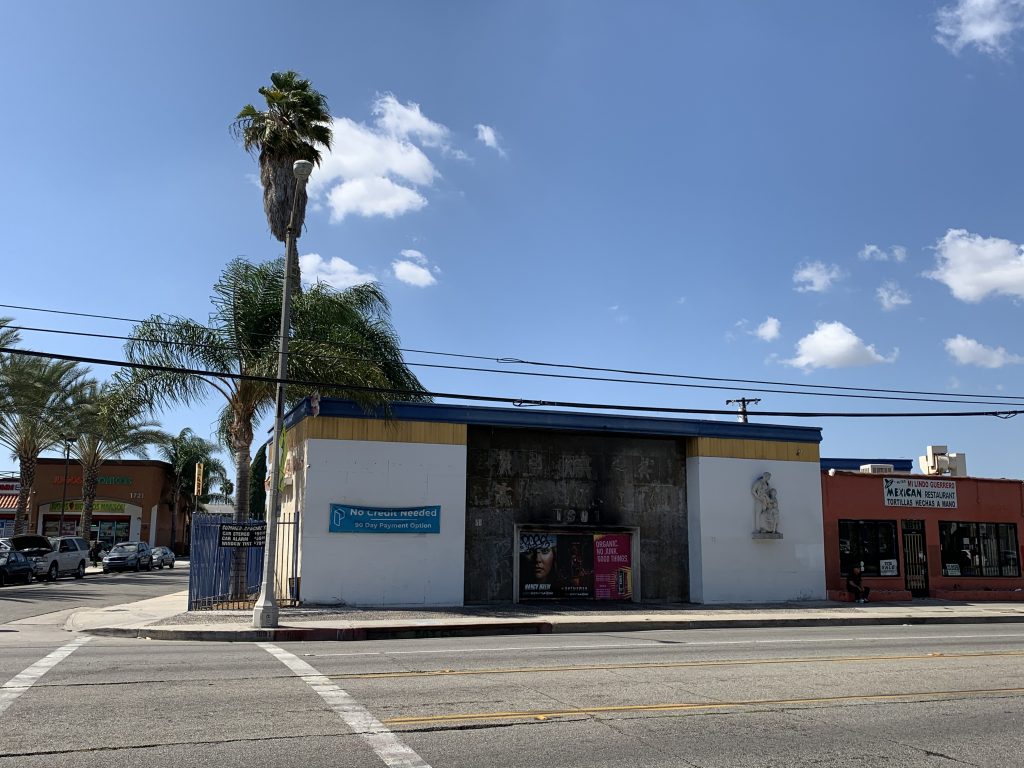
Millard Sheets Studio, Compton branch for Home Savings, completed 1958. Photography by Michael Iwinski, 2019.
This building is one of the first that Millard Sheets ever designed, and the mosaics, by the noted artist Tom Van Sant, represent the (small!) beginnings of the mosaic tradition inside the studio that would blossom into iconic works throughout California and beyond. The building is empty and for sale.
The building is a car-stereo installation shop. The mosaics and sculptures on the front and the vault mosaic used to be in relatively good condition; but as Michael Iwinski told me, there has since been a fire. Apparently the City of Compton has no historic-preservation ordinance? This building is deserving of their attention.
Victorville
I also learned this week from David Shearer at Claremont Heritage that another early Home Savings branch designed by Millard Sheets, in Victorville, is empty and for sale. It seems to have been Active Mobility Center before they moved.
This building has Millard Sheets Studio artwork from two different eras; it is unclear if the artwork is all intact, but the architecture–on an unusual sloping site–and the sculptures, interior work, and external mosaics would all have pride of place in any local museum.
Unfortunately, as the ongoing demolition of the William Pereira campus at LACMA (paid for by Howard Ahmanson, Home Savings’s owner) demonstrates, more of these situations are likely to emerge.
I hope you are helping to protect your family and community from COVID-19. While my May events have been postponed, I look forward to rescheduling them, and adding more, in the months ahead. (If you have a group that would benefit from an online presentation about Millard Sheets and his studio’s Midcentury Modern art and architecture, let me know!)



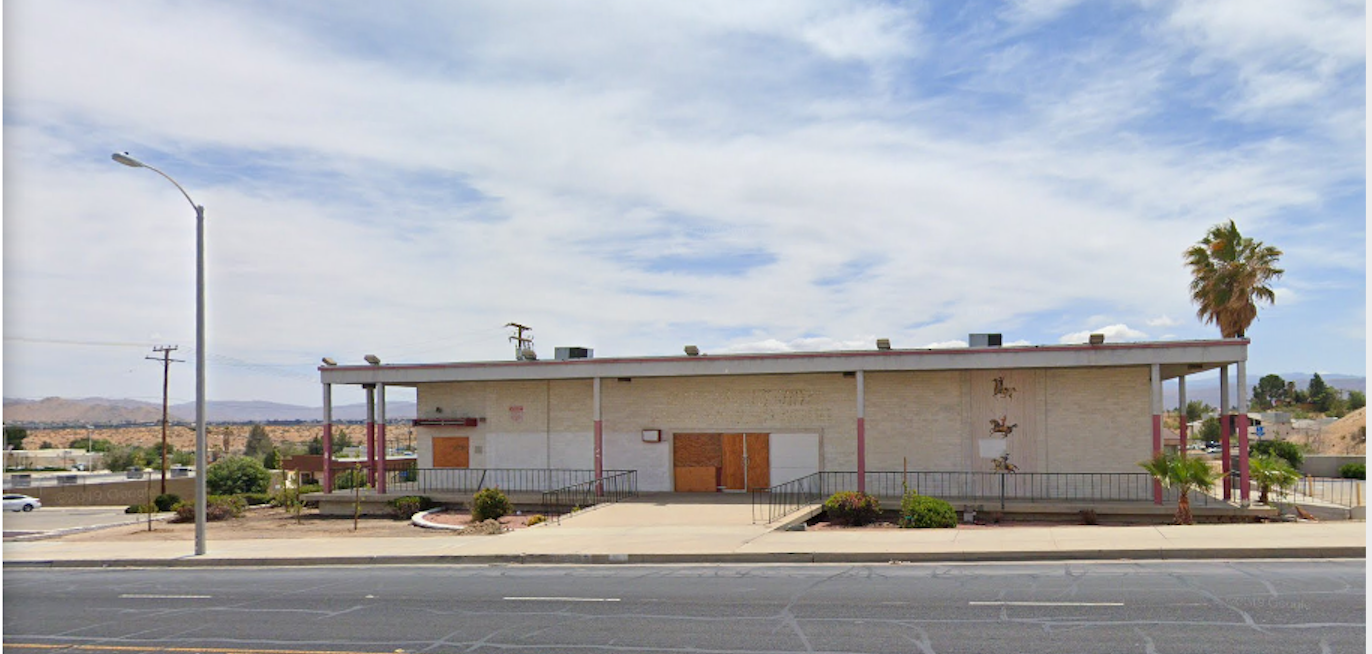
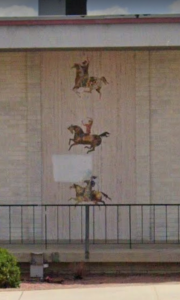

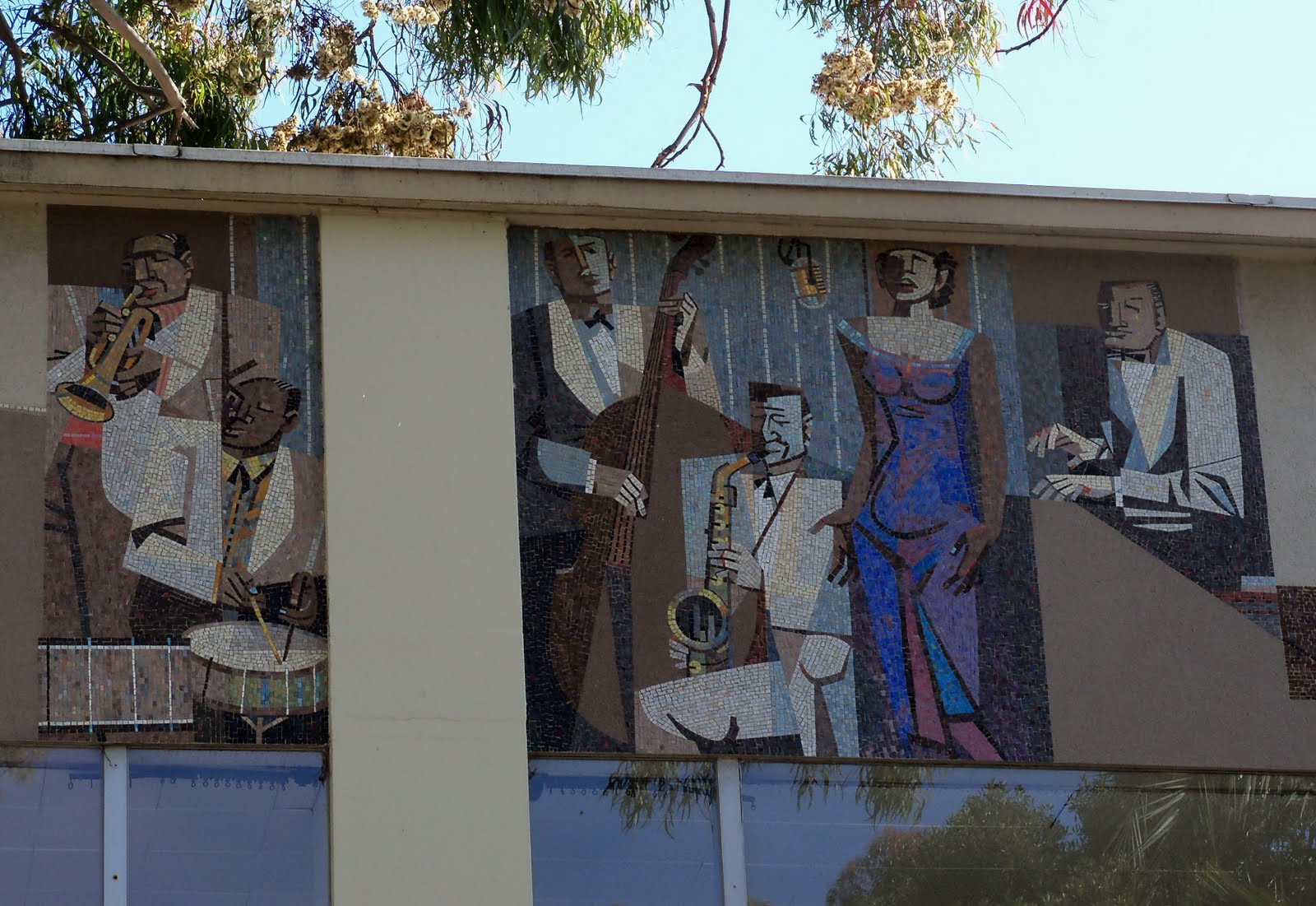














![Ravenna Mosaic Company, General [National American] Fire Insurance Building, Los Angeles, 1954-1955, courtesy of Saint Louis University Libraries Special Collections. Special thanks to John Waide.](http://test.adamarenson.com/wp-content/uploads/2013/02/Ravenna-SLU-Natl-American-Fire-Insurance-layout-cropped-1024x660.jpg)